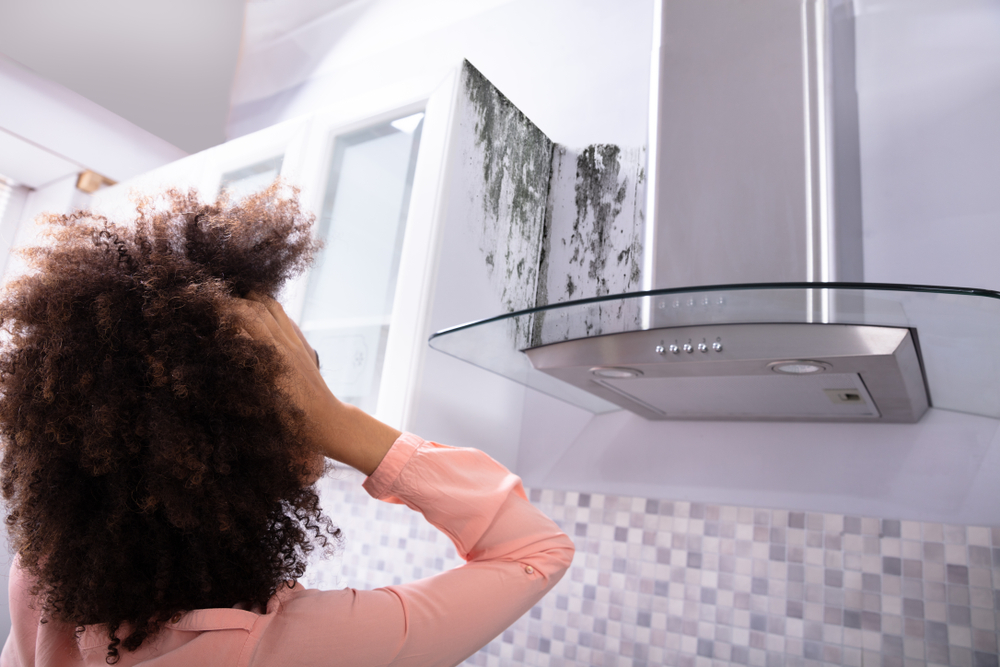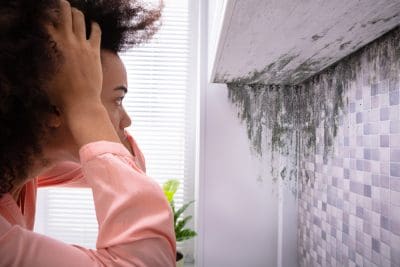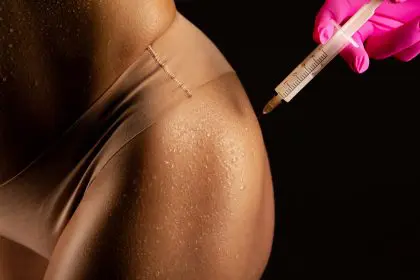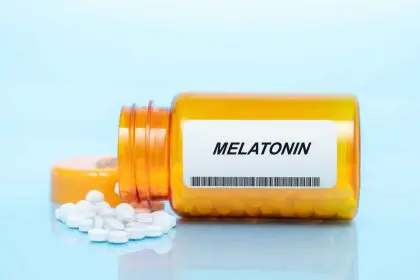Mold growth in homes and buildings is a common issue with significant health implications. Understanding which molds must be removed or examined is crucial for maintaining a healthy living environment. This article will delve into the types of molds that are harmful, the conditions that promote their growth, and the steps you can take to effectively remove or examine these molds.
Introduction to molds
Mold is a fungus that thrives in damp, warm, and humid environments. While some molds are harmless, others can pose serious health risks, particularly for individuals with respiratory issues, allergies, or weakened immune systems. Common places where mold can grow include bathrooms, kitchens, basements, and any area with water damage or high humidity.
Common types of harmful molds
Several types of mold are commonly found indoors, and some of these can be particularly harmful. Understanding these types can help you identify and address mold issues in your home.
Stachybotrys (black mold)
Stachybotrys, commonly known as black mold, is one of the most notorious types of mold due to its potential health risks. It is typically black or dark green and thrives in materials with high cellulose content, such as wood, paper, and drywall, mainly when these materials are wet or damp for extended periods.
Health risks: Exposure to black mold can cause severe respiratory issues, chronic coughing, sneezing, eye irritation, mucous membranes of the nose and throat, chronic fatigue, and persistent headaches. In severe cases, it can lead to more serious health problems, such as pulmonary hemorrhage in infants and immune system suppression.
Removal: Due to its potential health risks, hiring professional mold removal services is highly recommended if you suspect the presence of black mold in your home.
Aspergillus
Aspergillus is a common mold found in both indoor and outdoor environments. It can appear in various colors, including green, yellow, brown, and black. It grows on food, building materials, and in HVAC systems.
Health risks: Aspergillus can cause allergic reactions, respiratory infections, and a condition known as aspergillosis, which can be particularly severe in individuals with weakened immune systems.
Removal: Regular cleaning, maintaining low humidity levels, and ensuring proper ventilation can help control the growth of Aspergillus. Severe infestations may require professional intervention.
Penicillium
Penicillium is often found on water-damaged materials, including carpets, wallpaper, and insulation. It can appear blue, green, or white and spreads quickly, often releasing large amounts of spores into the air.
Health risks: Penicillium exposure can lead to allergies, asthma, chronic sinusitis, and lung inflammation. Some species of Penicillium also produce mycotoxins, which can be harmful if inhaled.
Removal: Promptly addressing water damage and thoroughly cleaning and drying affected areas can prevent the growth of Penicillium. In cases of extensive mold growth, professional removal services may be necessary.
Cladosporium
Cladosporium is a common outdoor mold that can grow indoors on surfaces like wood, textiles, and damp, porous materials. It can appear olive green, brown, or black.
Health risks: Cladosporium can cause allergic reactions, asthma, and infections of the skin, eyes, and sinuses, particularly in individuals with compromised immune systems.
Removal: Ensuring good ventilation, controlling humidity levels, and cleaning affected areas with appropriate mold cleaners can help manage Cladosporium growth.
Conditions that promote mold growth
Understanding the conditions that promote mold growth is essential for prevention. Mold thrives in environments that provide moisture, warmth, and a food source. Key factors include:
- Humidity: High indoor humidity levels, typically above 60%, can promote mold growth. Using dehumidifiers and air conditioners can help maintain lower humidity levels.
- Water leaks: Leaking roofs, pipes, or windows can create damp areas that support mold growth. Promptly repairing leaks is crucial.
- Poor ventilation: Poor air circulation can lead to moisture buildup, particularly in areas like bathrooms and kitchens. Using exhaust fans and ensuring proper ventilation can mitigate this risk.
- Condensation: Condensation on windows, walls, and pipes can create wet surfaces where mold can thrive. Insulating these areas can reduce condensation.
- Flooding: Flooded areas, if not properly cleaned and dried, can become breeding grounds for mold. It’s important to address water damage immediately.
Steps for mold examination and removal
If you suspect mold growth in your home, taking the following steps can help you address the issue effectively.
Visual inspection
Conduct a thorough visual inspection of your home, focusing on areas prone to moisture. Look for visible signs of mold growth, such as discoloration, stains, or a musty odor.
Mold testing
While visual inspection is a good starting point, mold testing can provide more definitive information. Mold testing can identify the type and concentration of mold spores in the air and on surfaces. Professional mold inspectors can perform these tests and interpret the results.
Containment
If mold is found, it’s important to contain the affected area to prevent the spread of mold spores. Close off the area, use plastic sheeting to cover doorways, and employ negative air pressure with HEPA-filtered air scrubbers.
Removal
For small mold problems, you can clean the affected areas using household cleaning solutions, such as a mixture of water and detergent or commercial mold cleaners. Always wear protective gear, including gloves, masks, and goggles, to avoid exposure to mold spores.
For extensive mold infestations, hiring professional mold remediation services is recommended. Professionals have the expertise and equipment to safely and effectively remove mold.
Repair and prevention
After mold removal, it’s crucial to address the underlying moisture issue to prevent future mold growth. This may involve repairing leaks, improving ventilation, using dehumidifiers, and regularly inspecting areas prone to moisture.
Regular maintenance
Regular maintenance and inspections can help catch mold issues early before they become severe. Keeping your home dry and well-ventilated is key to preventing mold growth.
Conclusion
Mold in homes and buildings is a serious issue that requires attention and action. Understanding which molds need to be removed or examined, such as Stachybotrys, Aspergillus, Penicillium, and Cladosporium, is crucial for maintaining a healthy living environment. By recognizing the conditions that promote mold growth and taking steps to prevent and address mold issues, you can protect your home and your health.
Regular inspections, prompt repairs of water damage, and maintaining proper humidity levels are essential strategies for preventing mold. When mold is identified, whether through visual inspection or professional testing, taking immediate action to contain, remove, and prevent future growth is necessary. In cases of extensive mold infestations, professional remediation services can ensure safe and thorough removal.
By staying vigilant and proactive, you can create a mold-free environment that promotes the health and well-being of everyone in your home.
This story was created using AI technology.














